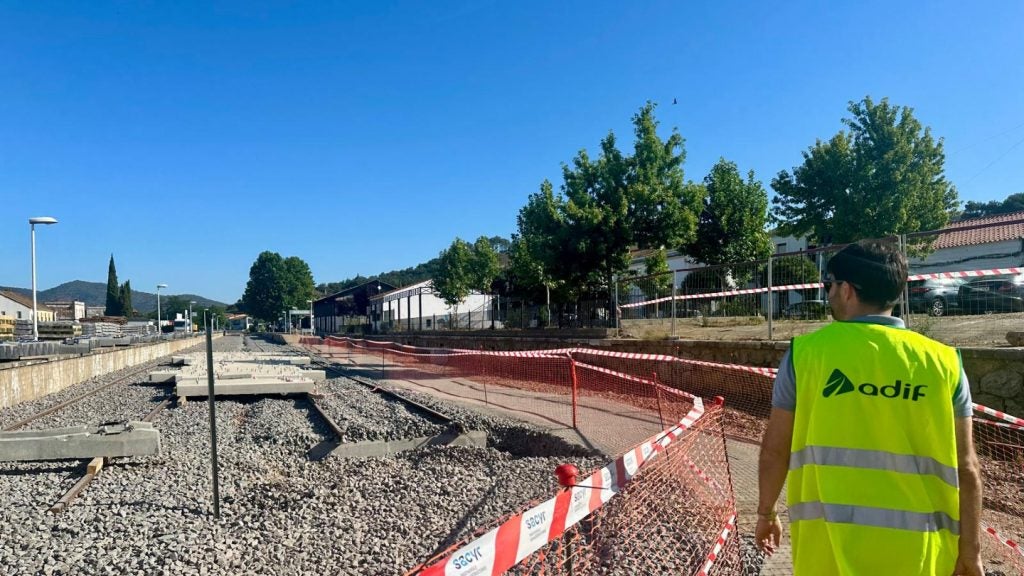Rail bogies, suspension, rail cart wheels, and axles form the important components of rolling stock. The rail bogie framework fitted with the wheels, suspension, and axles supports the rail body and provides stability to the structure while improving the ride quality.
A rail bogie is a crucial part of the drive system and guidance mechanism and is being continuously advanced to improve the railway vehicle’s speed, safety, and passenger experience.
Finding suppliers of rail bogies, suspension, rail cart wheels, and axles
Railway Technology has listed some of the leading suppliers of rail bogies, suspension, wheels, and axles, based on its experience in the sector.
The list contains manufacturers and distributors of railway wheel sets, railway axles and axle boxes, railway bearings, and railway bogie parts for regional passenger trains, suburban and underground metro trains, high-speed trains, and locomotives, as well as heavy haul freight wagon bogies.
The list also includes information on the suppliers of primary and secondary suspension systems for rail vehicles, including bogie-suspension and anti-vibration components such as conical springs, chevrons springs, laminated pads, guide springs, and bushings, as well as secondary suspensions and support bearings. Also, explore suppliers of advanced railway workshop equipment and railway maintenance tools.
See Also:
The information provided in the download is drafted for railway executives, engineers, managers, suppliers, and other individuals involved in the railway industry.
Railway bogies
Bogies are a complex structure in a railway vehicle containing the drive systems and brake systems. Bogies are classified according to their configurations in terms of the number of axles and the structure of suspension. The two-axle bogie is the most common type.
Powered bogies are fitted in locomotives, mass transit vehicles, and high-speed trains. For improved stability in high-speed operations, the weight of the un-sprung bogie parts is reduced using hollow axles and by incorporating aluminium alloys into the axle and gear boxes.
The efficiency and safety of railway vehicles depends on the bogie design and maintenance practices.






